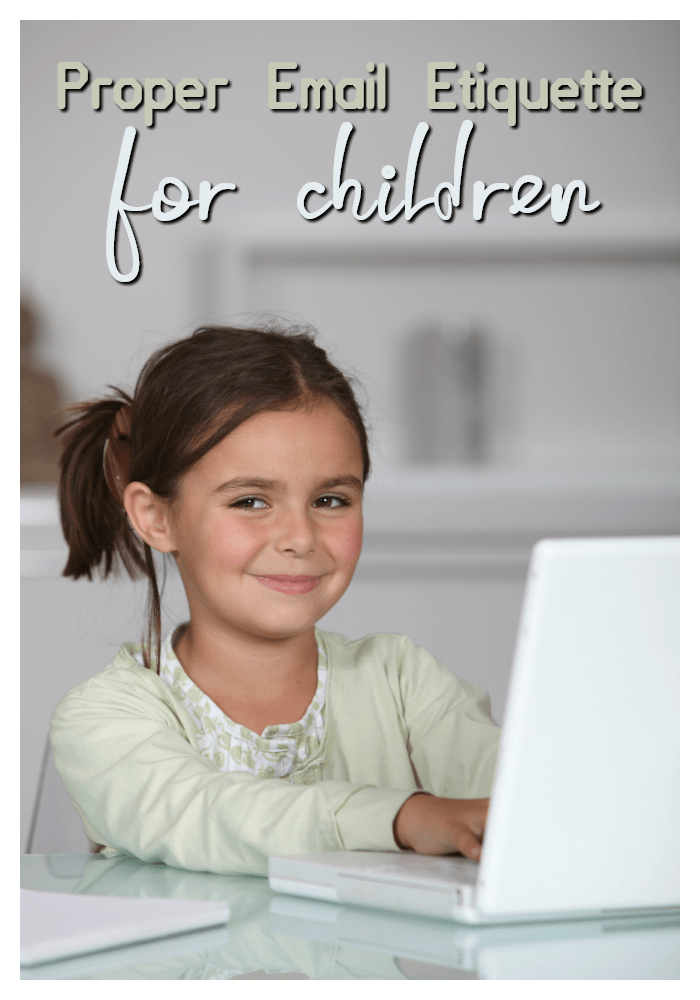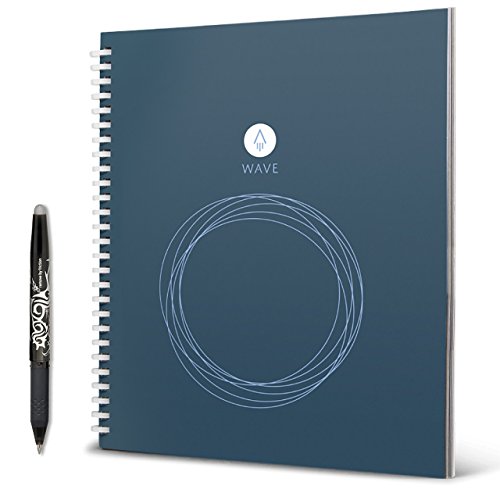Navigating the internet can be a challenge at any age, but when technological language is drive by abbreviations and texting, it’s more important than ever to teach children how to compose a well-written email. Learning how to communicate online starts with teaching proper email etiquette for children.

Proper Email Etiquette for Children
Know your audience.
Depending on whom they are writing to, emails may look and sound different. Teach your children to address their emails with proper salutations. For example, if they are writing an email to a teacher or another adult, they would want to start with “Dear” and the correct title, Mr. Miss, Mrs., Ms., or Dr. Even if they are addressing their email to a familiar adult like a family member, dear is still an appropriate greeting. On the other hand, if they are writing to a classmate or a friend, they may just start with the student’s name followed by a comma as in “Jamie,”.
Spell it out.
Text language is fine when your children are texting. OMG and LOL are not appropriate for emails, particularly those addressing adults. Exceptions would be quick emails to friends that are treated like texts. Generally, emails should contain full words and complete sentences. Encourage your children to write this way in emails. When they need to write formal emails to teachers or even prospective employers in the future, it will be easier for them to remember these rules if they start the habit at a young age.
Expect publication.
As with anything on the internet, emails are not exactly private. Correspondence between two people may seem to have the expectation of privacy, but if emails are written on public school accounts, they can be accessed by administrators. Also, the receiver of an email may choose to share information written to them. It’s important to remind students that writing inappropriate or private, confidential information in email or anywhere online is not safe. Disagreements with friends are best to work out in person. Cyber bullying is never acceptable. Writing demeaning messages to others is morally wrong. If your child finds themselves receiving hateful or hurtful messages, they should tell someone they trust (you, a teacher, or a counselor) right away.
Proper email etiquette for children starts with a focus on proper manners. Addressing people on email should be similar to how your children address adults and peers in person, with courtesy and respect. Email is a different medium than texts between friends, but kindness and appropriate words and context still reign no matter the method of delivery.
Help your children learn how to use technology responsibly with these age-appropriate devices and accessories!
And when writing thank you notes – here are a few tips.
Fire 7 Tablet









Leave a Reply